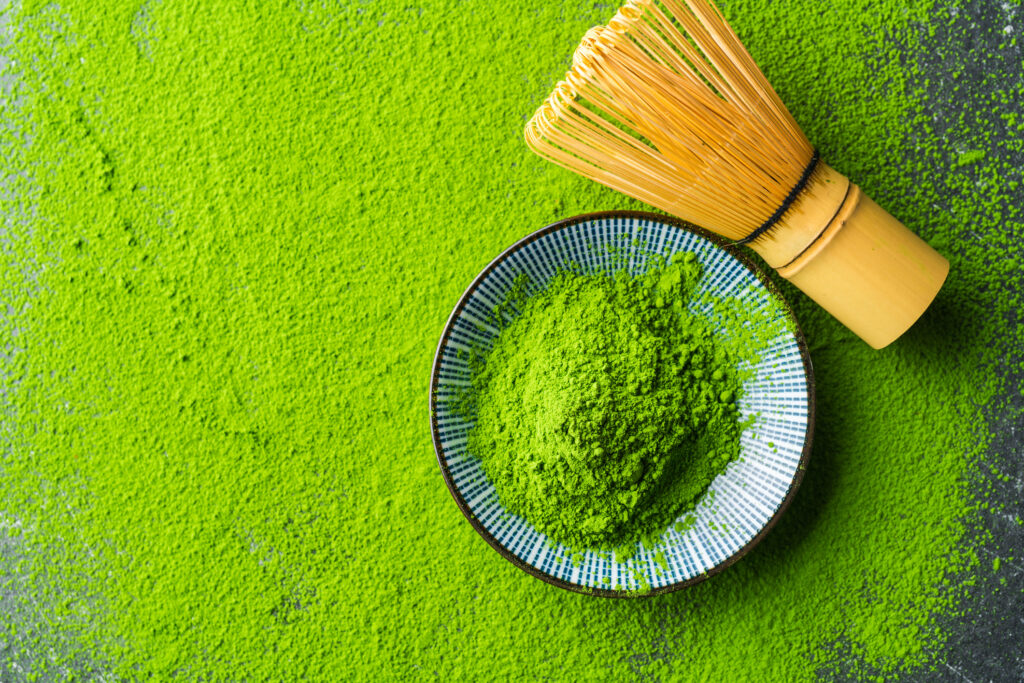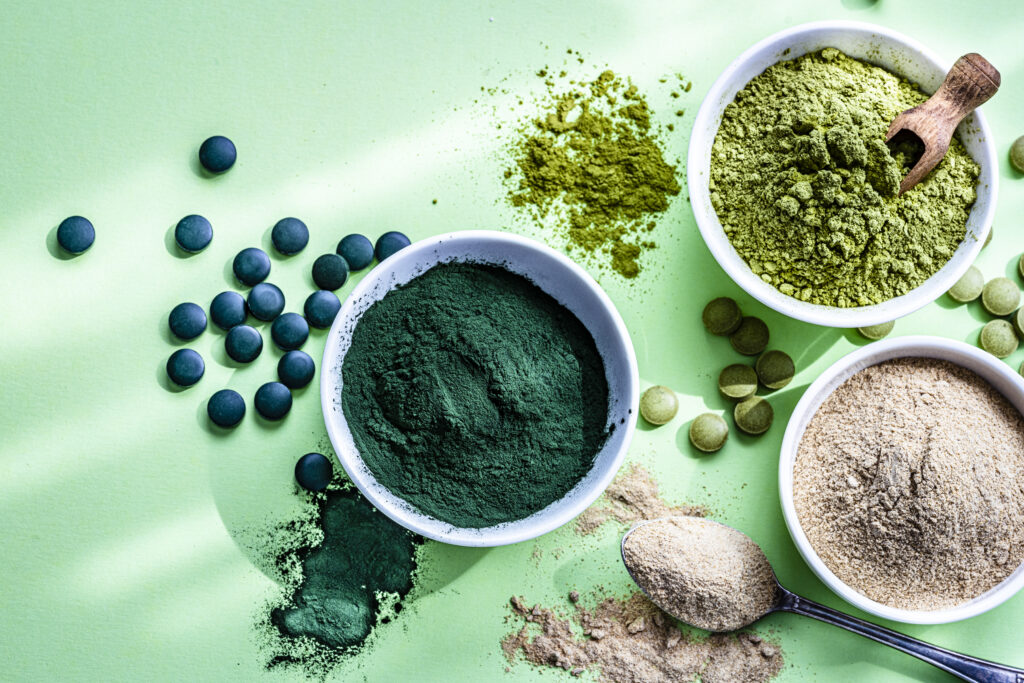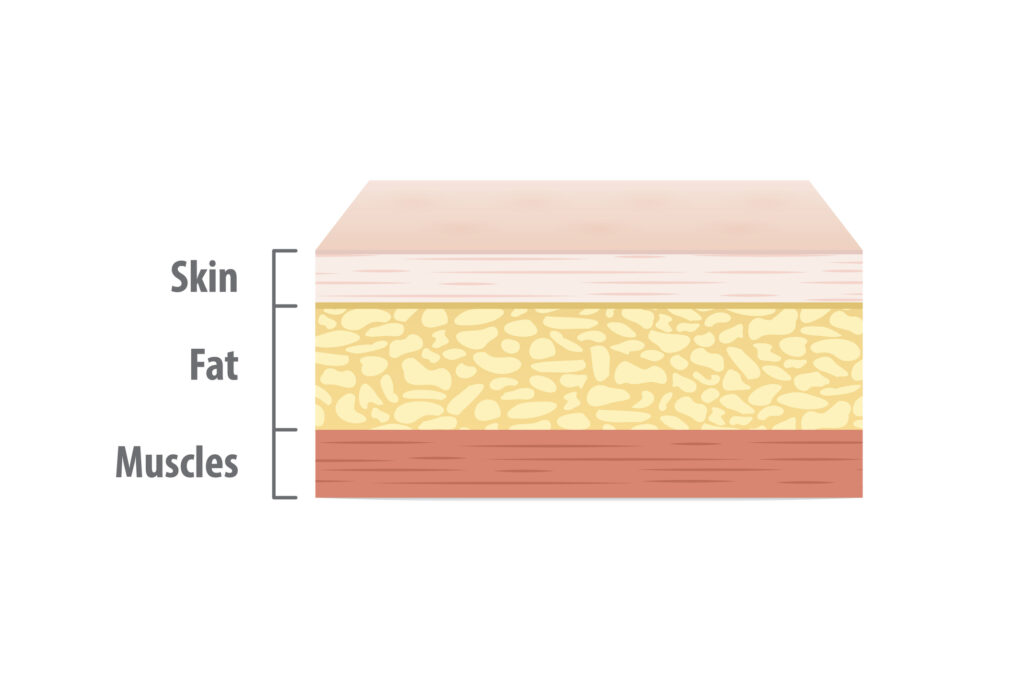Matcha: The Green Powerhouse Your Wellness Routine Needs
Matcha has been gaining well-deserved attention as a superfood, and it’s easy to see why. This vibrant green powder, traditionally enjoyed in Japanese tea ceremonies, is packed with antioxidants, boosts energy, and has a calming effect on the mind. Whether you’re new to matcha or already a fan, let’s dive into why matcha should be part of your wellness routine and how you can easily incorporate it into your diet.
What is Matcha?
Matcha is a powdered form of specially grown and processed green tea leaves. Unlike regular green tea, where the leaves are steeped and discarded, matcha uses the whole leaf, giving it even more health benefits. The tea plants used to make matcha are grown in the shade, which increases their chlorophyll content, giving matcha its bright green color. After harvesting, the leaves are steamed, dried, and ground into a fine powder.
Not only is this traditional Japanese tea delicious, but it’s also incredibly nutrient-dense!
- Organic Green Matcha Tea
Nutritional Benefits of Matcha
One of matcha’s standout qualities is its high concentration of antioxidants, especially catechins, which are known for their powerful disease-fighting properties. In fact, matcha contains up to 137 times more antioxidants than regular green tea!
Here’s a quick look at what’s inside:
- Antioxidants: Loaded with polyphenols and catechins, especially EGCG (epigallocatechin gallate), which fights free radicals and protects against chronic diseases.
- L-Theanine: This unique amino acid promotes relaxation and reduces stress, giving you a calm but focused energy boost.
- Caffeine: While matcha does contain caffeine, its effects are more stable than coffee due to the presence of L-Theanine, which slows its release into your bloodstream, avoiding crashes or jitters.
- Chlorophyll: Grown in the shade, matcha contains high levels of chlorophyll, which helps detoxify the body and support liver function.
- Vitamins & Minerals: Matcha is rich in vitamins A, C, E, K, and B-complex, as well as trace minerals like magnesium, selenium, and zinc, which all support overall health.
Health Benefits of Matcha
Matcha isn’t just a trend—it’s backed by science! Here are the top health benefits of adding matcha to your routine:
1. Boosts Energy & Focus
Thanks to its combination of caffeine and L-Theanine, matcha gives you a clean, focused energy boost. Unlike coffee, matcha promotes alertness without the crash. L-Theanine also helps you stay calm and centered throughout the day.
2. Rich in Antioxidants
Matcha’s antioxidant content is one of its strongest advantages. It protects cells from damage, reduces inflammation, and may even help lower the risk of chronic diseases like heart disease and cancer. EGCG is particularly beneficial for boosting metabolism and supporting weight loss.
3. Supports Heart Health
Regular consumption of matcha may reduce the risk of heart disease. It has been shown to lower LDL (bad) cholesterol, while raising HDL (good) cholesterol, promoting overall heart health.
4. Detoxifies the Body
The high chlorophyll content in matcha helps detoxify the body by eliminating heavy metals and chemicals. This makes matcha a great addition to any cleanse or for improving liver function.
5. Enhances Mood & Reduces Stress
The calming effects of L-Theanine help reduce anxiety and promote a state of relaxed alertness. Matcha is often described as providing “calm energy,” making it a perfect tool for managing stress.
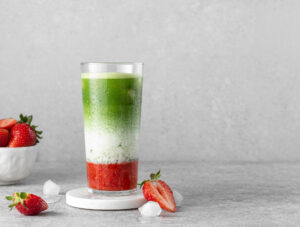
My Personal Matcha Journey
I became a matcha drinker shortly after college when I worked at Teavana. The wealth of knowledge I gained about tea during that time was invaluable. Matcha quickly became part of my routine when I realized its many benefits. Over the years, I’ve enjoyed matcha in different ways, depending on the season and my energy needs.
This summer, I often made strawberry iced matcha lattes—so refreshing and delicious! I’d make a fresh strawberry purée (you can use frozen berries, too) and mix it with matcha for the perfect treat.
Here’s my Strawberry Iced Matcha Latte recipe:
- 1 teaspoon matcha powder
- 1 tablespoon strawberry purée (fresh or frozen)
- 1-2 teaspoons honey or your favorite sweetener
- 2 oz hot water (just below boiling)
- 6 oz cold almond or oat milk
- Ice cubes
Whisk the matcha with hot water until smooth, then stir in the strawberry purée and honey. Pour the mixture over ice, top with cold milk, and enjoy!
Lately, with my busy schedule as a mom, I’ve been reaching for Magic Mind matcha shots. As much as I love a peaceful morning to savor my tea, sometimes I need my energy quickly. These shots are perfect for that, and I love that I can use my HSA to cover them! Ordering them quarterly has been a real game-changer.
If you’re curious about trying them, here’s my link for $40 off: www.magicmind.com/LAURENLEESMITH.
How to Incorporate Matcha into Your Diet
Matcha is incredibly versatile! Here are some fun ways to add it to your daily routine:
1. Matcha Latte
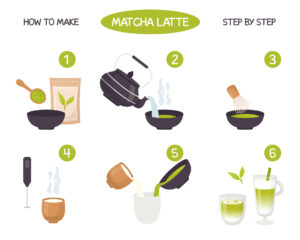
Matcha latte instruction.
One of the most popular ways to enjoy matcha is as a latte. It’s smooth, creamy, and a great alternative to coffee.
Recipe:
- 1 teaspoon matcha powder
- 2 oz hot water (just below boiling)
- 6 oz almond milk (or milk of your choice)
- 1 teaspoon honey or maple syrup (optional)
You can whisk your matcha with a traditional bamboo whisk for an authentic experience or grab an electric whisk for speed. My favorite ones are here and here.
2. Matcha Smoothie
Add a teaspoon of matcha powder to your smoothie for an antioxidant boost. It pairs well with fruits like bananas, mango, and berries.
Recipe:
- 1 cup spinach
- 1/2 banana
- 1/2 cup mango
- 1 teaspoon matcha powder
- 1 cup almond milk
- A dash of honey
Blend until smooth for a refreshing and energizing drink.
3. Matcha Energy Balls
For a quick snack, mix matcha into your favorite energy ball recipe. It’s an easy, nutrient-dense treat.
Recipe:
- 1 cup oats
- 1/2 cup almond butter
- 1 tablespoon honey or maple syrup
- 1 teaspoon matcha powder
Roll into small balls and refrigerate.
4. Baking with Matcha
You can add matcha to baked goods like muffins, pancakes, or cookies. A teaspoon or two will give your treats a beautiful green tint and added nutrition.
Final Thoughts
Matcha is more than a trendy drink—it’s a superfood with incredible health benefits. From boosting energy and focus to supporting heart health and detoxification, matcha is a versatile addition to any wellness routine.
Whether you enjoy it in lattes, smoothies, or baked goods, the possibilities are endless. Try my matcha latte recipe or experiment with matcha in your favorite recipes. You’ll soon see why this ancient superfood is worth all the hype!
Love Always,
L. Lee
Resources:
1. Nash, D. T., & Nash, S. D. (2008). Tea and heart health: The role of catechins. *Preventive Cardiology*.
2. Mancini, E., et al. (2017). The beneficial effects of tea polyphenols on human health. *Journal of Pharmacological and Biomedical Analysis*.
3. Kuriyama, S., et al. (2006). Green tea consumption and cognitive function: a cross-sectional study from the Tsurugaya Project. *American Journal of Clinical Nutrition*.
4. Venables, M. C., et al. (2008). Green tea extract ingestion, fat oxidation, and glucose tolerance in healthy humans. *American Journal of Clinical Nutrition*.
5. Yashin, A., et al. (2012). Antioxidant and antiradical activity of tea extracts from green tea, black tea and white tea. *Journal of Food and Science Technology*.
6. Nagao, T., et al. (2009). A catechin-rich beverage improves obesity and blood glucose control. *Obesity*.
